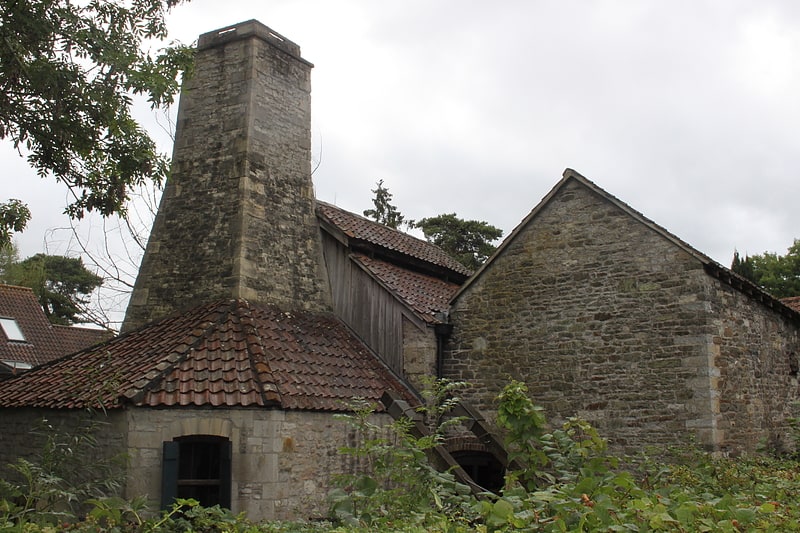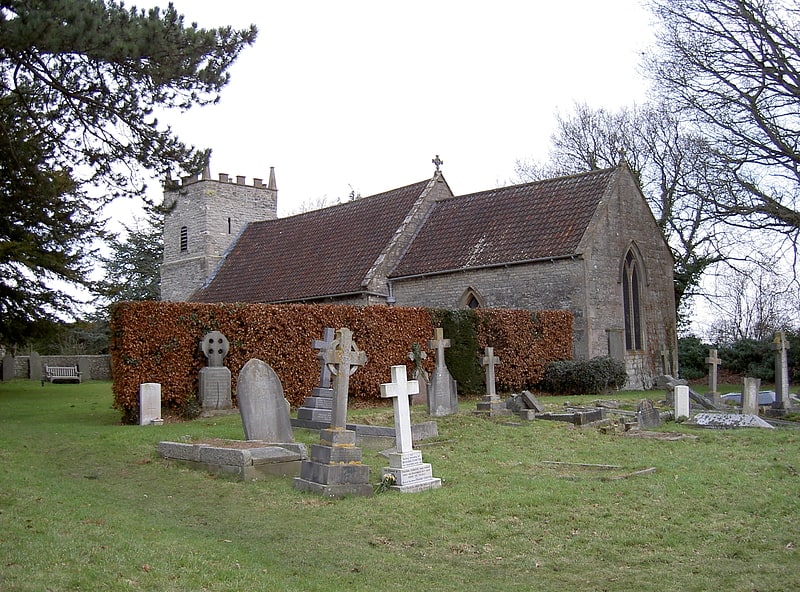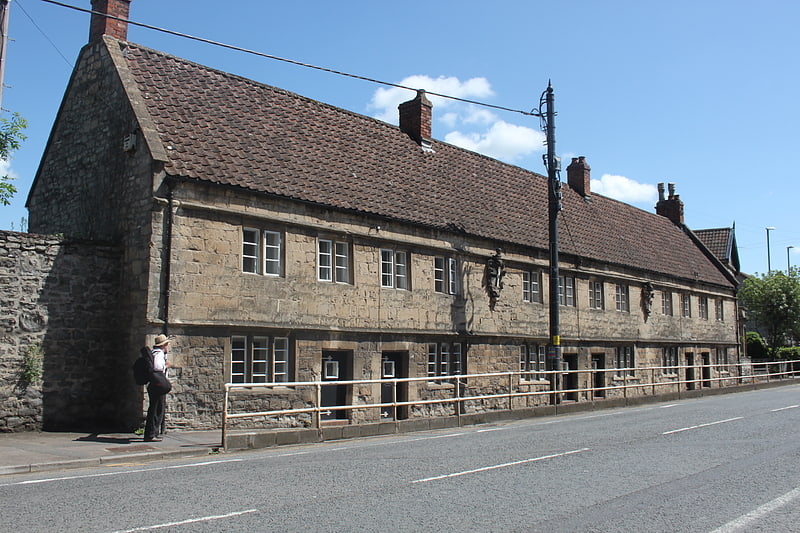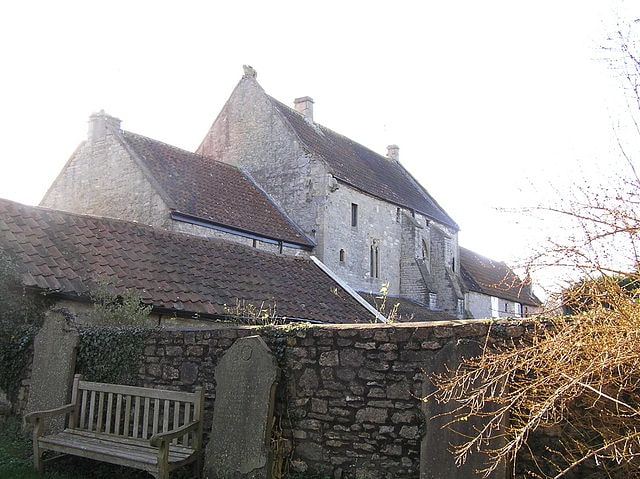Discover 4 hidden attractions, cool sights, and unusual things to do in Saltford (United Kingdom). Don't miss out on these must-see attractions: Saltford Marina, St Mary's Church, and Bridges Almshouses. Also, be sure to include Saltford Manor House in your itinerary.
Below, you can find the list of the most amazing places you should visit in Saltford (England).
Table of Contents
Saltford Marina

Museum in Saltford, England. Saltford Brass Mill is a brass mill on the River Avon at Saltford, Somerset, England. It dates from the 1720s is listed as Grade II* and is also a Scheduled Ancient Monument.
There was a watermill on the site at the time of the Domesday Book and it is the last surviving of over 30 mills which were once on this stretch of the Avon.
Local brass making was initiated in Bristol around 1700 by the family of Abraham Darby who later moved upstream because of the better water supply at Saltford and Keynsham. The brass was made from Cornish ores refined at Crew's Hole and then transported via the river. These were mixed with calamine from the Mendip Hills to make calamine brass. This changed as processes improved and local copper smelting was replaced by supplies from Swansea. By the 1850s zinc metal was used instead of calamine, using a process introduced by William Champion, who lived nearby.
The site includes a battery mill which was used for hollowing out brass sheet to make pans, bowls and vats, some of which are on display. There is also a complete annealing furnace, one of four originally installed, which were used to heat the brass to reduce the likelihood of it cracking while it was being worked. The furnace is claimed to be one of the best remaining examples of this technology. There are also the remains of the water wheels initially used to power the machinery, one of which is still in working order. The battery mills were supplemented by rolling mills between 1760 and 1830, as this produced more even sheets of metal than the original battery techniques. However battery ware was still produced at the site until 1908, the last mill in Britain to do so.
The mill ceased production in 1924. In 1995 it was restored and is now supported by a group of volunteers in conjunction with English Heritage and the owners Bath and North East Somerset Council.[1]
Address: The Shallows, Saltford
St Mary's Church

Parish church in Saltford, England. St Mary's Church is an Anglican parish church in Saltford, Somerset, England. It dates from the 12th century or earlier and has been designated as a Grade II listed building.[2]
Address: Queen Square, BS31 3EL Bristol
Bridges Almshouses

The Bridges Almshouses in Keynsham within the English county of Somerset were built around 1685. They have been designated as a Grade II listed building.
The Almshouses were built by Sir Thomas Bridges and his wife Lady Anna Bridges (née Rodney) to provide accommodation for six widows and endowed a school for the town. This may have initially been for the widows of men killed in the Monmouth Rebellion.
The terrace is made of three pairs of two-storey houses. They are constructed of limestone with moulded stone mullions over the two and three light windows, surmounted by pantile roof. On the front of the building are cartouches with the arms of Bridges and his wife.
The Bristol Road in front of the almshouse has been built over the original gardens and the level of the road has been raised so that the doors and footpath are below the level of the carriageway.[3]
Saltford Manor House

Building. The Saltford Manor is a stone house in Saltford, Somerset, near Bath, that is thought to be the oldest continuously occupied private house in England, and has been designated as a Grade II* listed building.
The original Norman construction was by William Fitz Robert, 2nd Earl of Gloucester, and was built on an estate owned at the time of the Domesday Book by Geoffrey de Montbray the Bishop of Coutances. It is contemporary with nearby Horton Court which was a prebendary house, therefore it is likely that Saltford had an association with Keynsham Abbey, and has long been associated with St Mary's Church in Saltford.
In 2003, Saltford Manor was the winner of a contest sponsored by Country Life to find the "oldest continuously inhabited house in Britain". There were hundreds of entrants, many eliminated because they had been built as ecclesiastical buildings and only become available in the housing market after Henry VIII dissolved the monasteries. Other very old dwellings were eliminated because they are now used as shops or museums. After winning the contest, its resident at the time James Wynn, wrote a history book about the manor entitled The House That Jack Built: The Story of the Oldest Inhabited House in Britain. The book described his love for the site and how he restored it to its current state in 1997.
In 2008 Saltford Manor was put up for sale and eventually was sold, on 27 August 2010 for £1,275,000.[4]